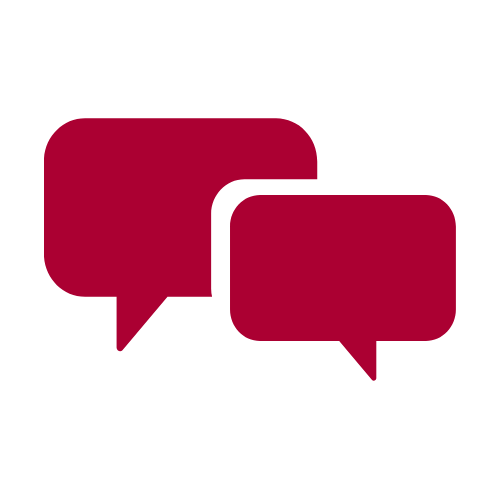
The Soviet era of Russia history began in 1917 and ended in 1991. The Union of Soviet Socialist Republics (USSR) was not formally declared until 1922, following the Bolsheviks' victory in the Russian Civil War (1918-1920). Although Russia was technically only one component of USSR, which encompassed other "republics," such as Georgia and Armenia, the USSR included virtually all the territory of tsarist Russia, and "Great Russians" remained the dominant ethnic group. A significant exception to this rule was Joseph Stalin, who was Georgian-born.
From the Revolution to the Great Purge
The Bolsheviks were a Marxist revolutionary party that parted ways with more moderate socialist groups in the early 1900s. During the 1920s and early 1930s, the Bolsheviks struggled to impose their policies on the often recalcitrant Russian populace, sometimes with tragic results. Their efforts to collectivize the peasantry were bitterly resisted, leading to millions of deaths by starvation and execution. V.I. Lenin led the party through the revolution and the early 1920s. After his death in 1924, a power struggle ensued, with the primary opponents being Leon Trotsky and Stalin. Though considered less brilliant than Trotsky, Stalin proved to be a superior politician and administrator. He eventually outmaneuvered Trotsky and other prominent "Old Bolsheviks" to become leader of the party. The power he wielded in this position did not make him feel secure, however; in the mid- to late 1930s, Stalin destroyed anyone he considered a threat, including most of the pre-revolutionary generation of the party. Millions of rank-and-file party members and ordinary Soviet citizens were persecuted and killed during this period, too, often for arbitrary reasons. Many who were not killed outright were sent to forced-labor camps in remote parts of Russia, known as gulags.
The Khrushchev Era
After Stalin’s death in March of 1953, Nikita Khrushchev rose to power transitioning from Communist Party secretary in 1953 and eventually premier in 1958. In response to the U.S., Canada and its European allies forming the North Atlantic Treaty Organization (NATO), the Soviet Union and seven other Soviet satellite states created a rival alliance called the Warsaw Pact in 1955, thereby setting off the Cold War. Back in the Soviet Union, Khrushchev worked toward making Soviet society less repressive, which eventually became known as de-Stalinization.
Khrushchev worked to improve living conditions, freed many political prisoners, relaxed artistic censorship, and shut down the Gulag labor camps. However, Khrushchev was eventually removed from office in 1964 due to strained relationships between the Soviet Union and China as well as food shortages across the USSR.
Collapse of the Soviet Union
Throughout the 1960s and 1970s, the divide between Communist Party elites and average Soviet citizens drastically widened. The Soviet Union’s push to industrialize, regardless of the cost, resulted in chronic consumer good shortages. Many Soviet citizens could not afford basic needs, such as clothing or food. The backlash resulted in younger people refusing to adopt Communist Party ideals as elder generations previously did.
Mikhail Gorbachev, a longstanding Communist Party politician, came to power in 1985. He introduced two sets of policies called glasnost and perestroika with the hopes of making the USSR a more prosperous nation. The glasnost plan sought to create more political openness, such as no longer banning books, allowing newspapers to criticize the government, and opening elections to more than just the Communist Party. Perestroika was Gorbachev’s plan to restructure the economy by transitioning toward a hybrid communist-capitalist system. Gorbachev’s policy reforms inadvertently spurred independence movements across the USSR. Communist Party hard-liners attempted an unsuccessful coup in August 1991, leading to the weakening of Gorbachev’s power. Gorbachev eventually resigned as leader of the USSR on December 25, 1991, and the Soviet Union dissolved that same day.
